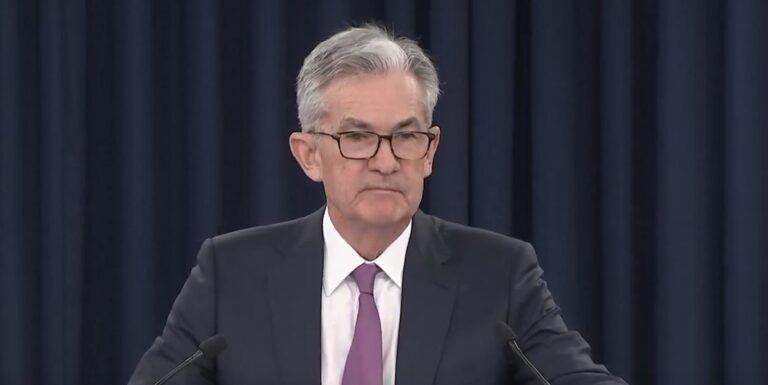In a recent interview with Jeremy Szafron of Kitco News, Claudia Sahm, a former Federal Reserve economist and the founder of Sahm Consulting, provided a comprehensive overview of the current economic landscape, the Federal Reserve’s monetary policies, and the hotly debated topic of U.S. federal debt.
Sahm is a well-respected authority on monetary and fiscal policy, boasting years of experience in providing counsel to prominent figures within the Federal Reserve, the White House, and Congress. She is recognized for creating the Sahm rule, an indicator widely utilized to understand business cycles. Presently, she is in pursuit of a position at an organization that would benefit from her profound understanding of government policy, her comprehensive network in Washington, and her unique insights which are invaluable to fund managers and business executives.
Robust Job Growth and Economic Health
Sahm highlighted the surprising addition of 353,000 jobs in January, indicating a labor market that remains resilient. This broad-based growth, including significant contributions from government sectors, signals a strong economic foundation. However, Sahm cautioned that while recent months have shown impressive performance, the future remains uncertain, and not every month can mirror this success.
Inflation and the Federal Reserve’s Strategy
Addressing inflation, Sahm acknowledged the progress made in reducing inflation rates while maintaining growth. She emphasized the unusual situation where the U.S. economy could reduce inflation without sacrificing growth, thanks to unwinding COVID-19 disruptions and higher productivity growth. Sahm critiqued the Federal Reserve’s statement about not waiting until inflation hits 2% to initiate rate cuts, suggesting that by the time inflation reaches the Fed’s target, interest rates should already be adjusted to a neutral stance.
The Federal Debt Controversy
Sahm expressed surprise and disapproval of Federal Reserve Chair Jerome Powell’s comments on the U.S. federal debt’s unsustainable path, noting that such remarks were an unforced error that deviated from the Fed’s tradition of not commenting on fiscal policy. She argued that the focus should be on tax and spending priorities rather than the total debt figure, advocating for investments that ensure the U.S.’s dynamic economic status and the desirability of its debt.
Predictions and Recommendations for the Fed
Sahm believes that the current economic cycle has been less about the Fed’s influence and more about external factors like COVID-19 and geopolitical tensions. She urged the Fed to reconsider its luxury of time in adjusting policies, warning against the risks of being overly cautious. Sahm also highlighted concerns about commercial real estate and the banking sector, suggesting that these could be potential areas of trouble if not addressed promptly.
Fed Chair Jay Powell recently appeared on CBS’s “60 Minutes” where he discussed his approach to controlling inflation, the current economic situation, and the future trajectory of interest rates. Powell, interviewed by Scott Pelley, outlined his efforts to steer the economy through challenges while avoiding a recession, despite significant interest rate hikes by the Federal Reserve.
Powell acknowledged progress in reducing inflation from its peak but cautioned that more work remains. While inflation has declined for 11 consecutive months, Powell stressed the need for caution before considering interest rate cuts, emphasizing the importance of solid evidence that inflation is consistently moving towards the Federal Reserve’s 2% target.
He explained the rationale behind the 2% inflation target, highlighting its role in providing the central bank with flexibility during economic slowdowns. Powell clarified that hitting the 2% target isn’t a prerequisite for rate cuts but stressed the importance of confidence in inflation’s decline.
Powell also discussed the delicate balance the Federal Reserve must maintain between acting prematurely, risking inflation control, and delaying action, potentially leading to a recession. He admitted that in hindsight, the Fed could have acted more swiftly to address inflation in 2021 but defended policy shifts that have since helped moderate inflation.
Looking ahead, Powell indicated that a rate cut in the near term, especially by the March meeting, seems unlikely, as the Fed needs more time to assess the inflation trend. However, he expressed optimism that conditions for rate cuts could emerge later in the year, contingent on continued favorable inflation data.









